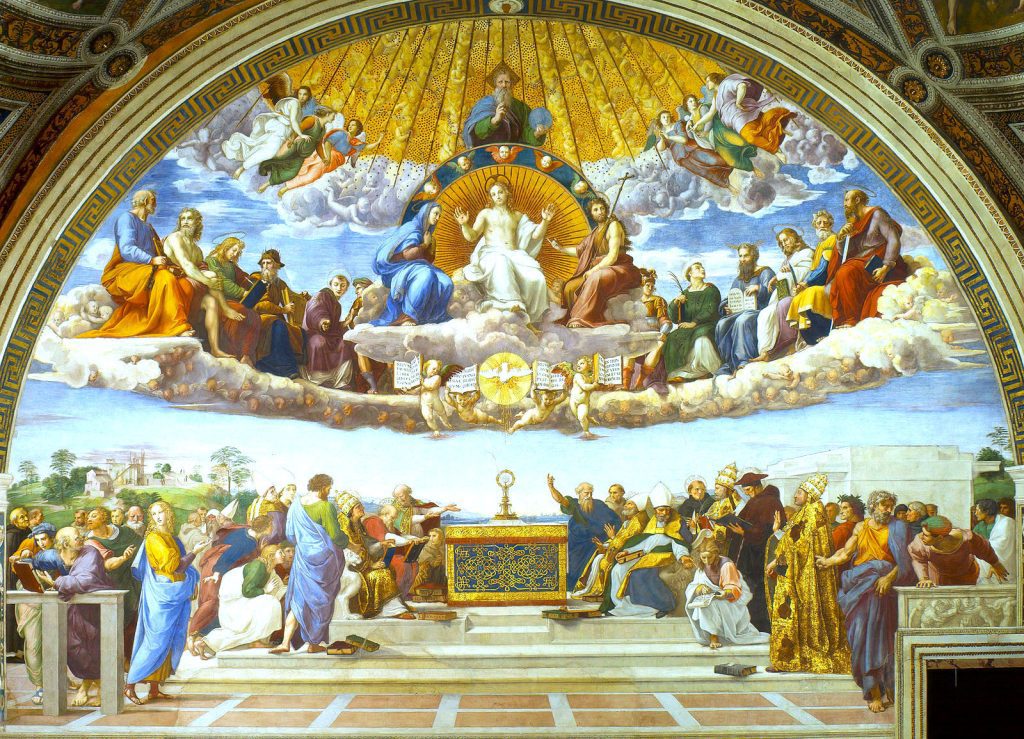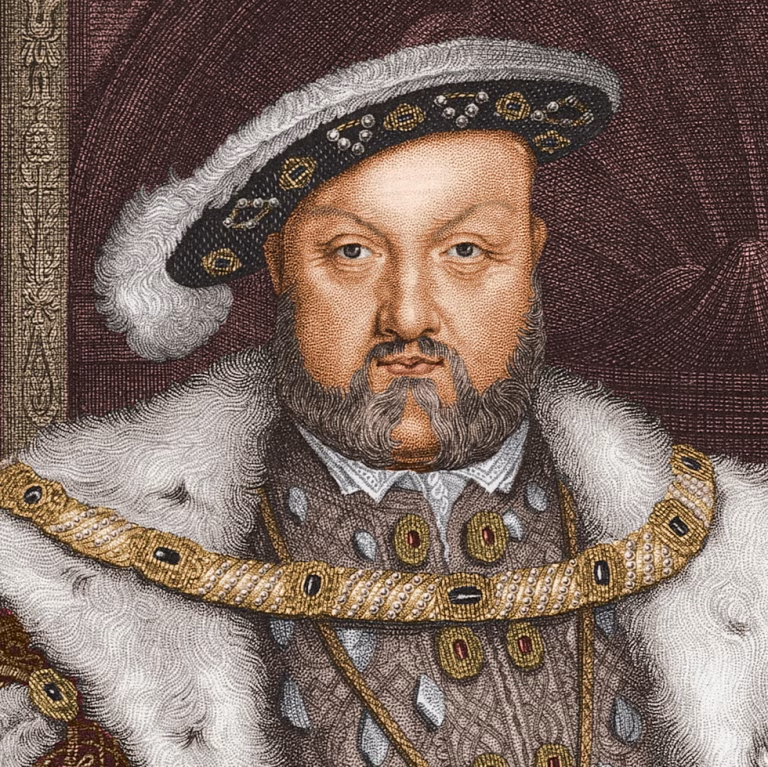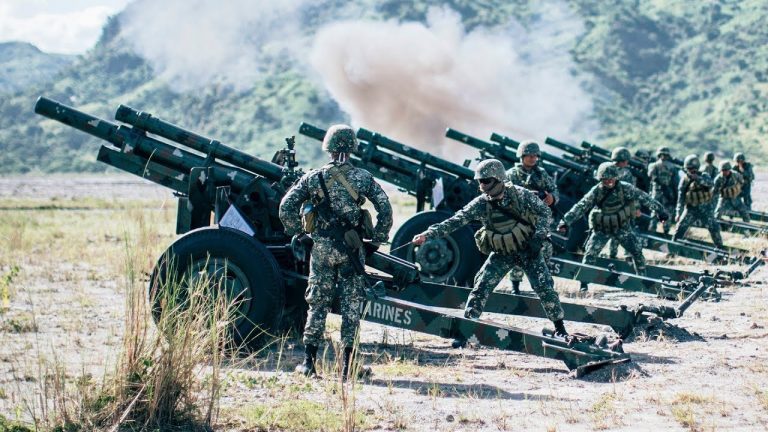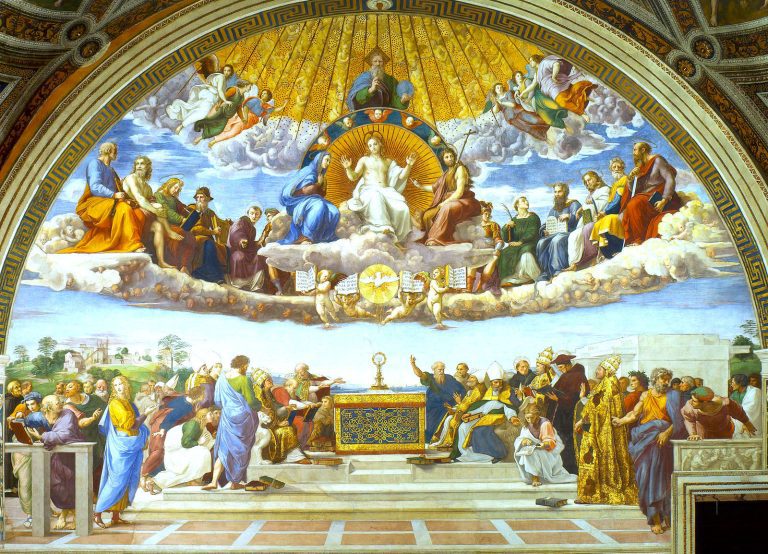Huge mounds and buildings were constructed in the Ohio River valley between 1,000 and 1300 AD. In the early 1800s, scholars studied and surveyed many of their remains, some covering many acres. Their size and complexity caused confusion.
“We white settlers know, first hand, how the Indians have been living for the past hundred and fifty years. Theirs is a primitive culture. They have no cities, no buildings, and just don’t seem bright enough to have built the vast remains we are finding all around us. They live in wigwams and long houses. It is a fact that they simply don’t build anything more complicated than that. ” was a common conclusion.
American Indians were thought to lack the intellectual abilities to have organized a society that could build hundreds of huge mounds, many surrounded with walls,moats, and fortifications. So, it was thought that an earlier, smarter group of people was responsible. Early scholars investigated things that were unearthed. Some discovered brass rings in early graves and temples in Ohio. Others found well-preserved mummies. “Exploding balls” of some sort of complicated resinous material were uncovered. Iron and steel ax heads were found, buried deeply in caves and ruins. These relics, well documented, drawn, and described at the time, have largely disappeared. An astonishing number of such collections were given to museums. Some may still be “in storage”, kept from prying eyes by a desire to avoid having moderns even think about concluding that “The earlier inhabitants had to have been much more intelligent than the Indians living here when White settlers arrived.”
One especially wonders how brass rings could have been found in Stone Age graves and temples. Brass, combining copper and zinc, is hard to make. Manufacturers in Elizabethan England had a hard time producing brass, most of which had to be imported from Scandinavia. So, how did people along the Ohio River come up with it, centuries earlier?
Such questions prompted theories about early European dominance of large, fertile sections of what would become the United States. Many concluded that these “lost peoples”, or their leaders, were descended from “the lost tribes of Israel”.
Others thought that the builders of these vast, complex architectural and technical remains brought those skills with them from Asia. Today, academics ignore such studies. It is not politically correct to even speculate that American Indians living after 1600 were not nearly as bright as their predecessors. The academic search for historical truth has stopped at the precise point that funding is put at risk.
We are left with large, mysterious mounds that are the result of a well-organized society. We are also left with the clear, unmistakable record that American Indians after 1600 did not have that degree of social and technical expertise. And, we are left with the fact that no state-supported archeologist or anthropologist dares delve too deeply into finding answers.
P.S. John Fiske, a famous American intellectual, studied deeply and wrote copiously about American Indians. He reported that “The name ‘Iriquois’, like the name ‘Carib’, means ‘cannibal’.” When visiting the large Indian mound at Cahokia, several tour guides, employed by the Park, were chatting. “Excuse me”, I asked, and they turned politely towards me. “Was there any sign of cannibalism among the remains found here?” An appalled silence followed the question, quickly broken by “No, no, of course not!” from the three state employees.
Thanks for reading Forgotten Empire, Forgotten People.








